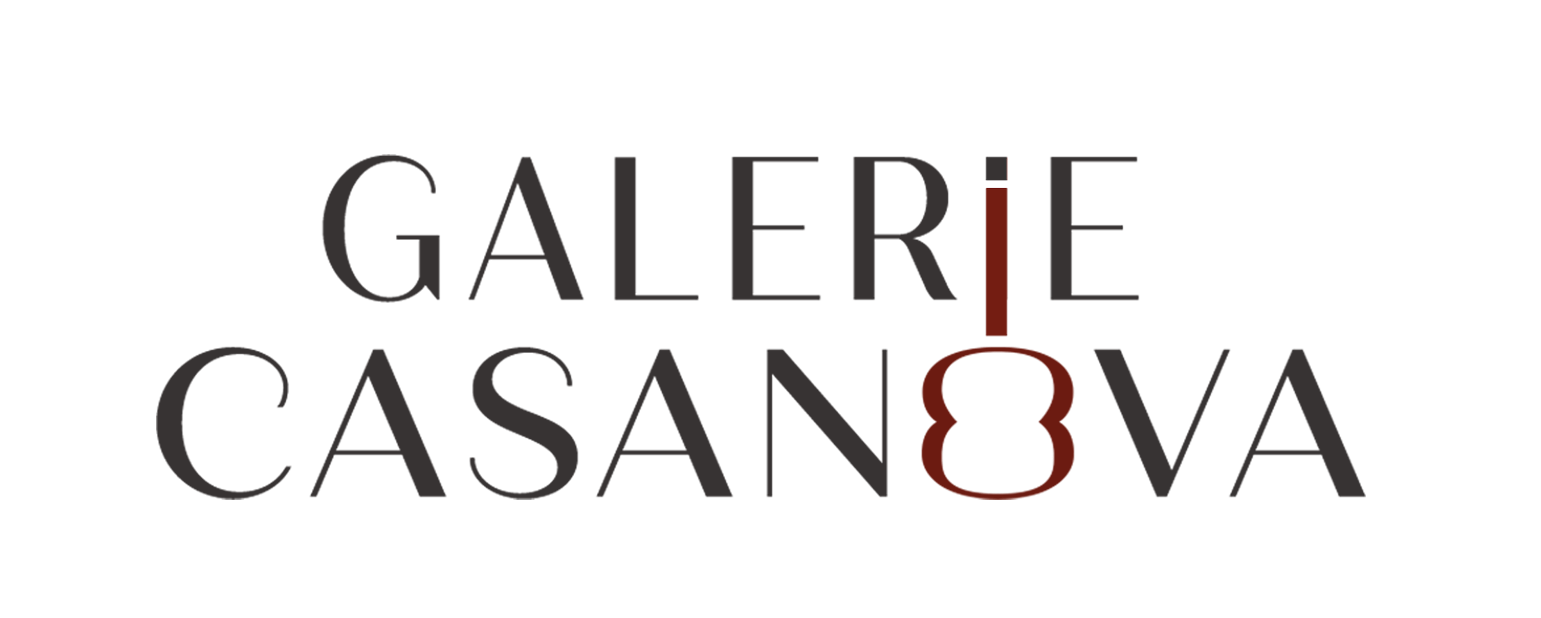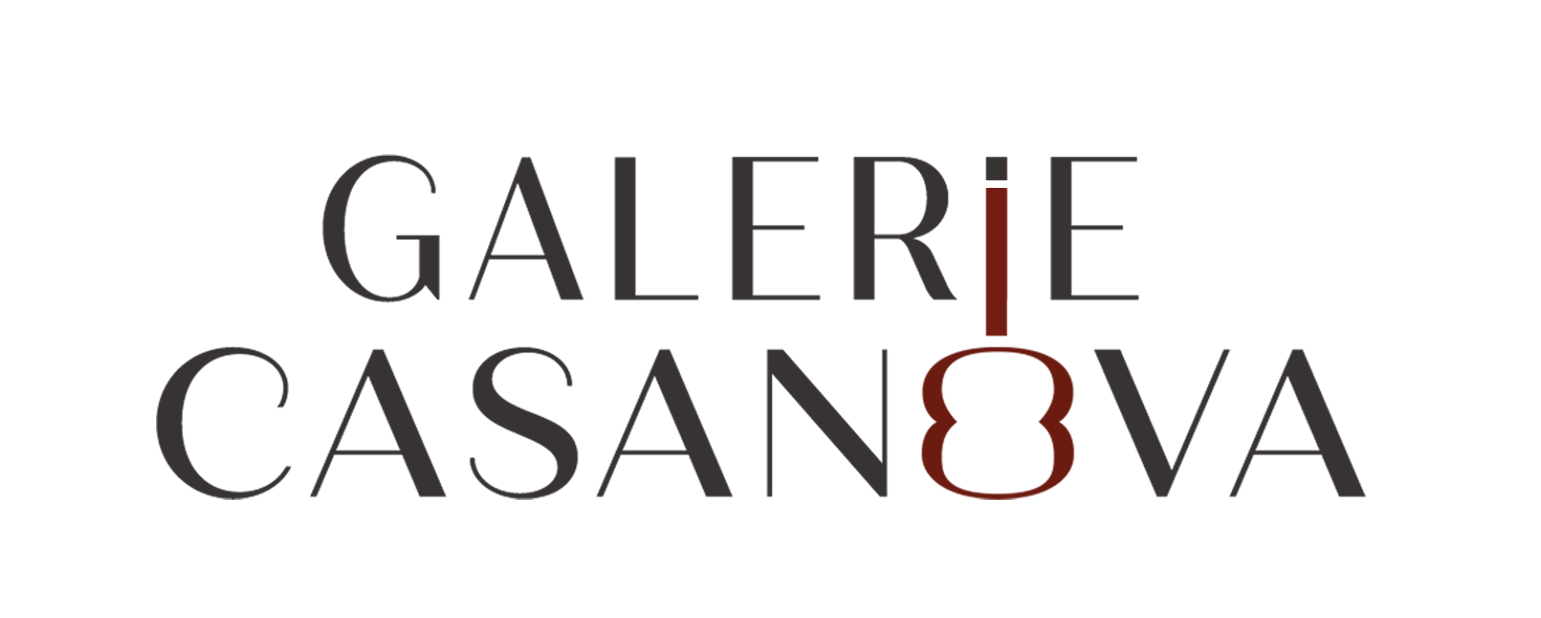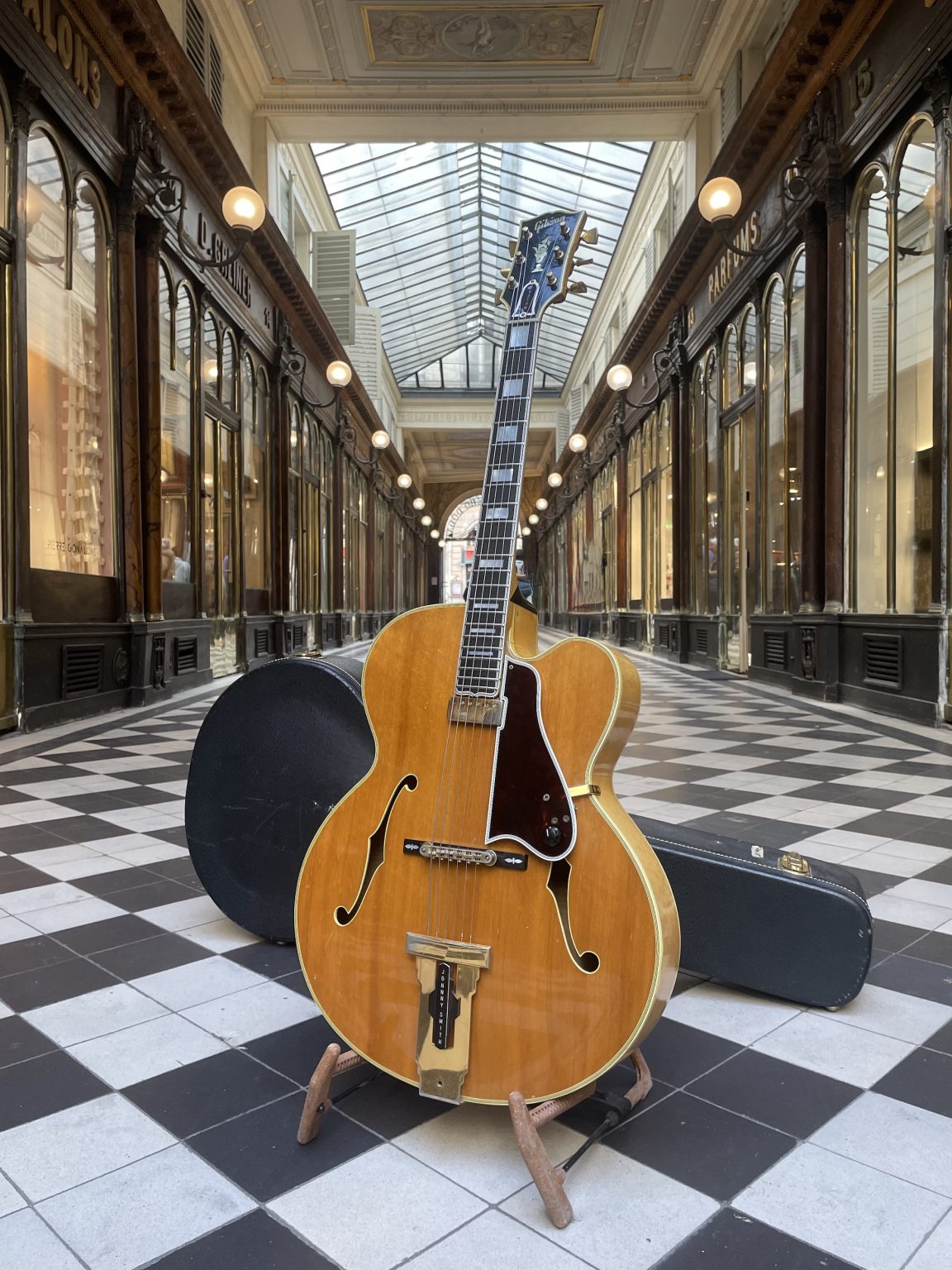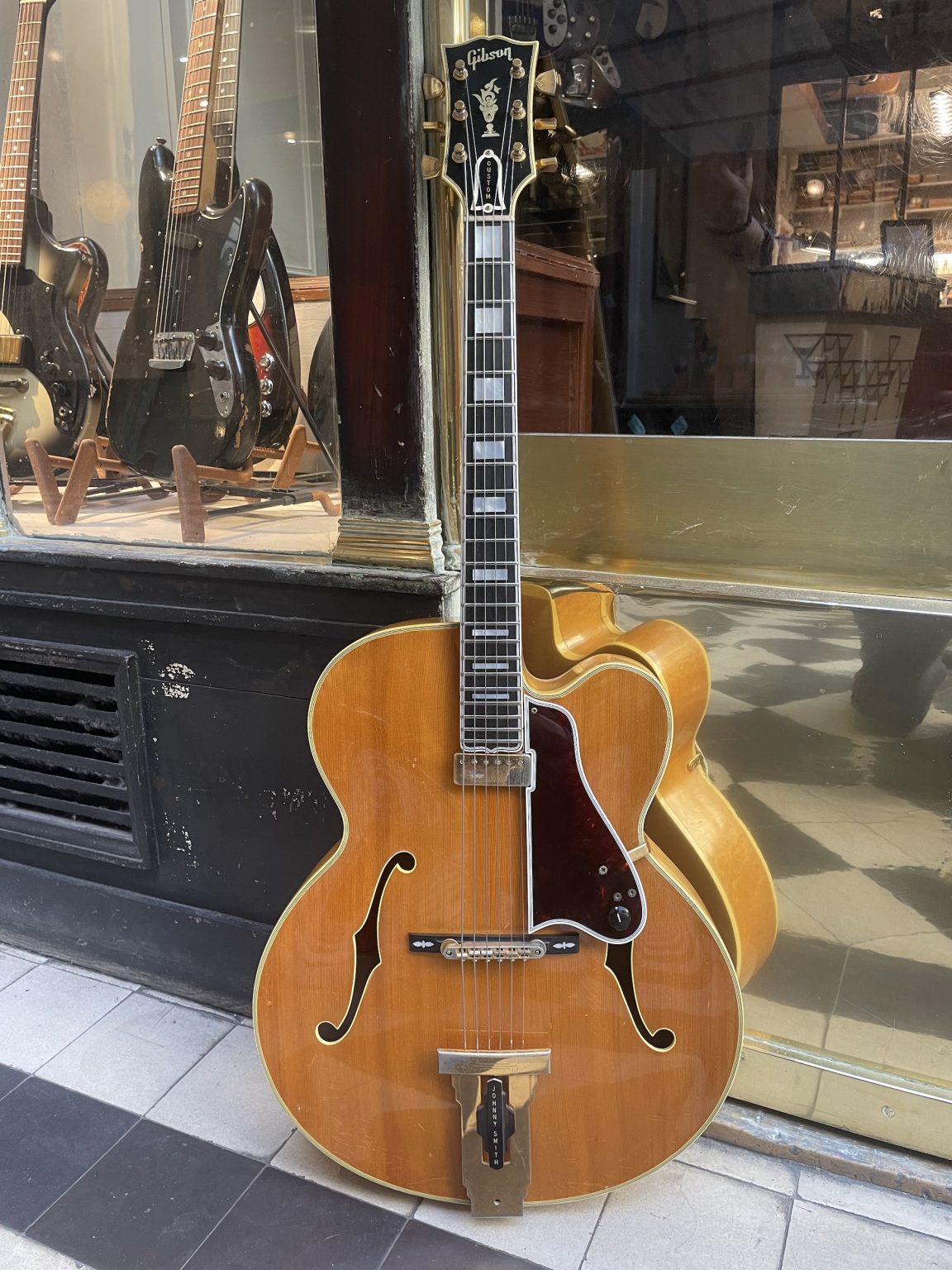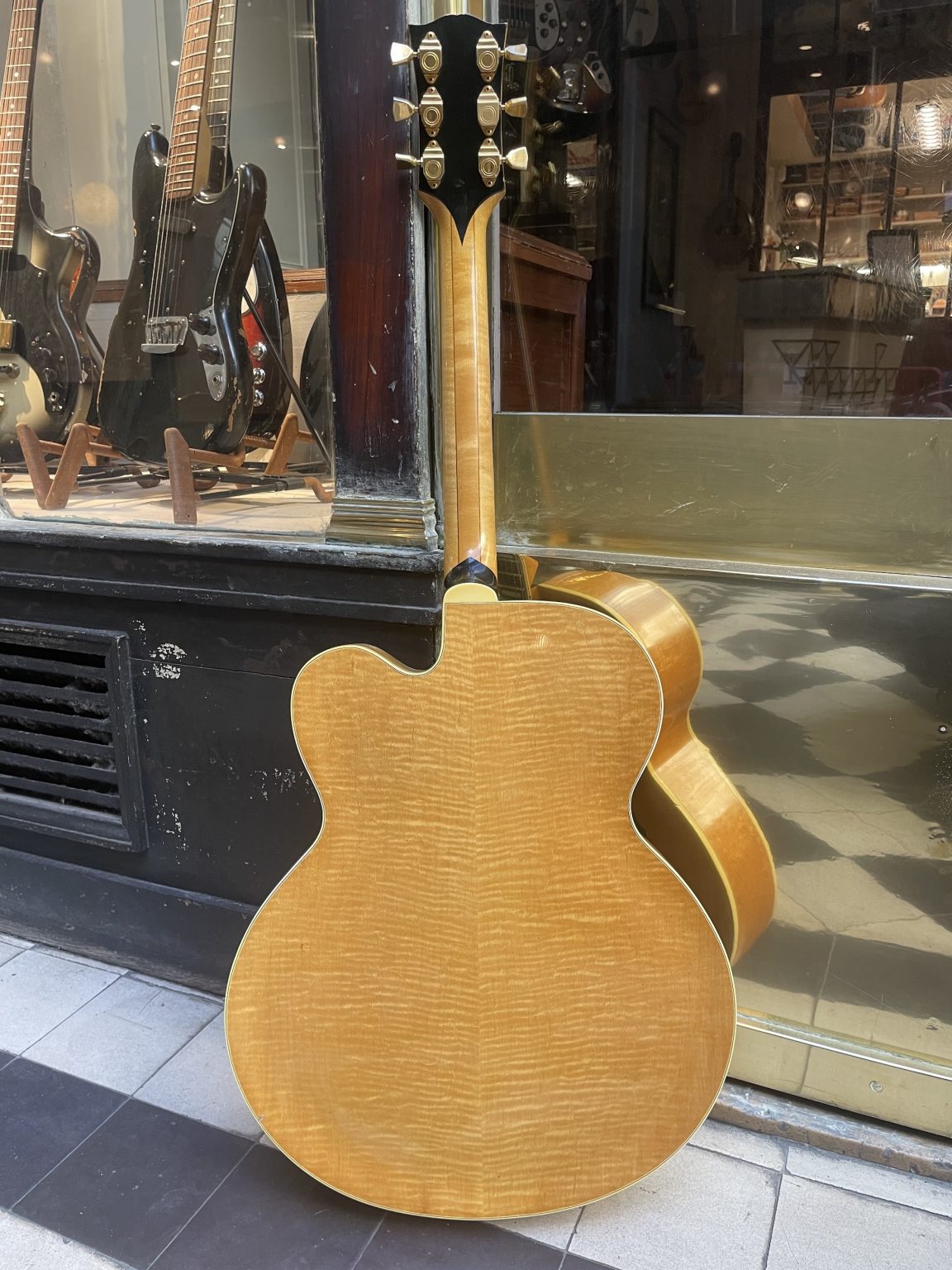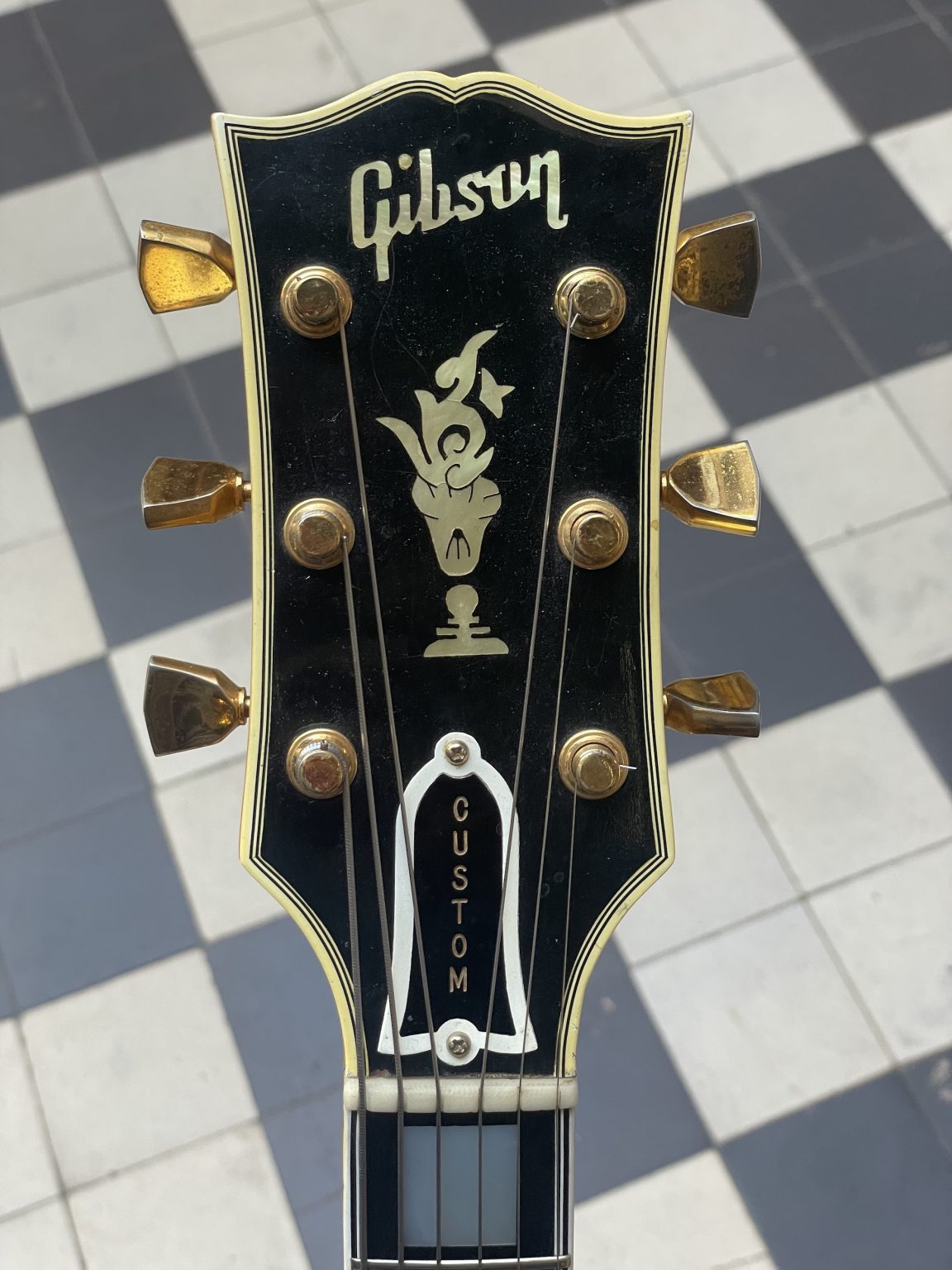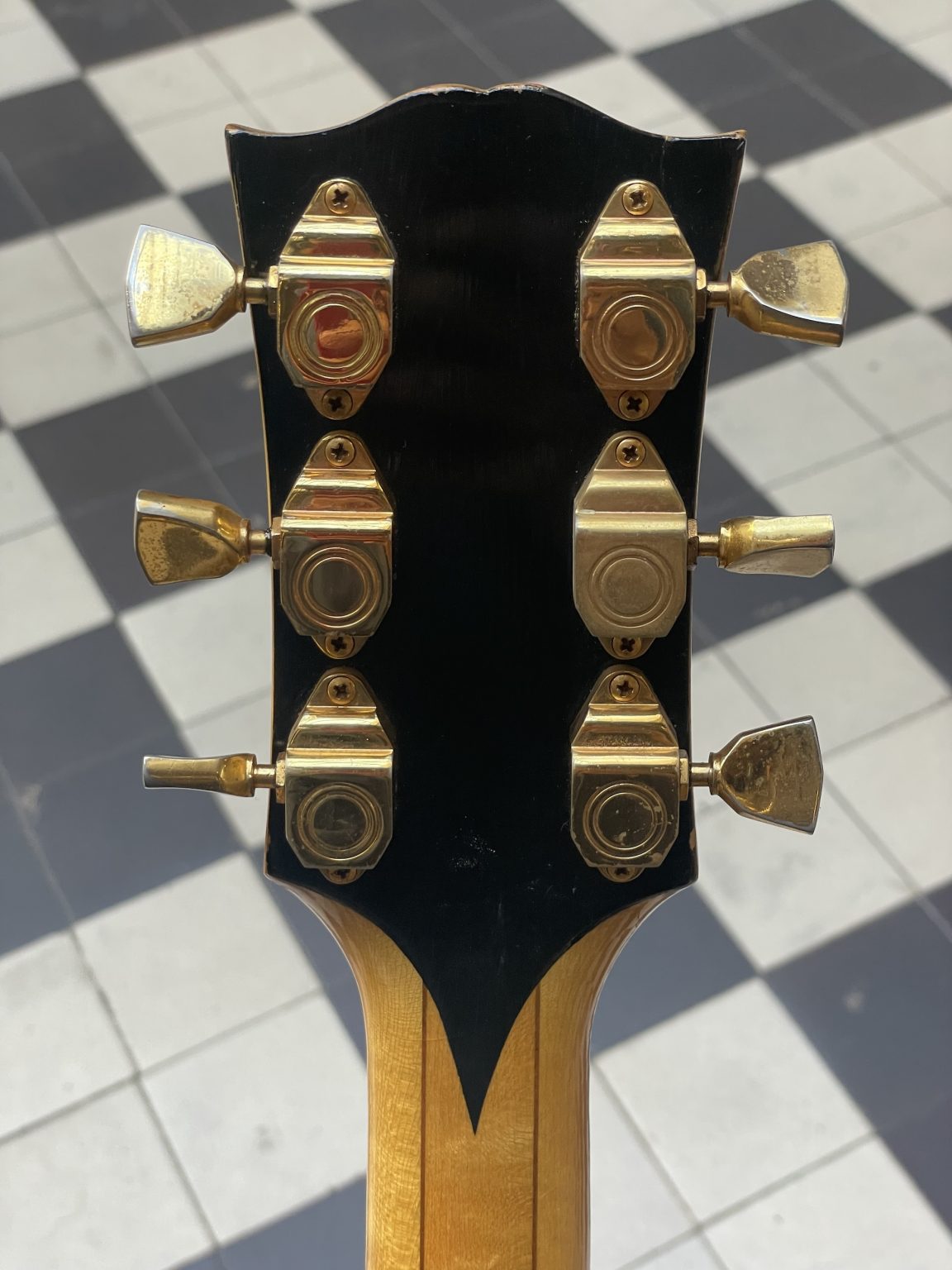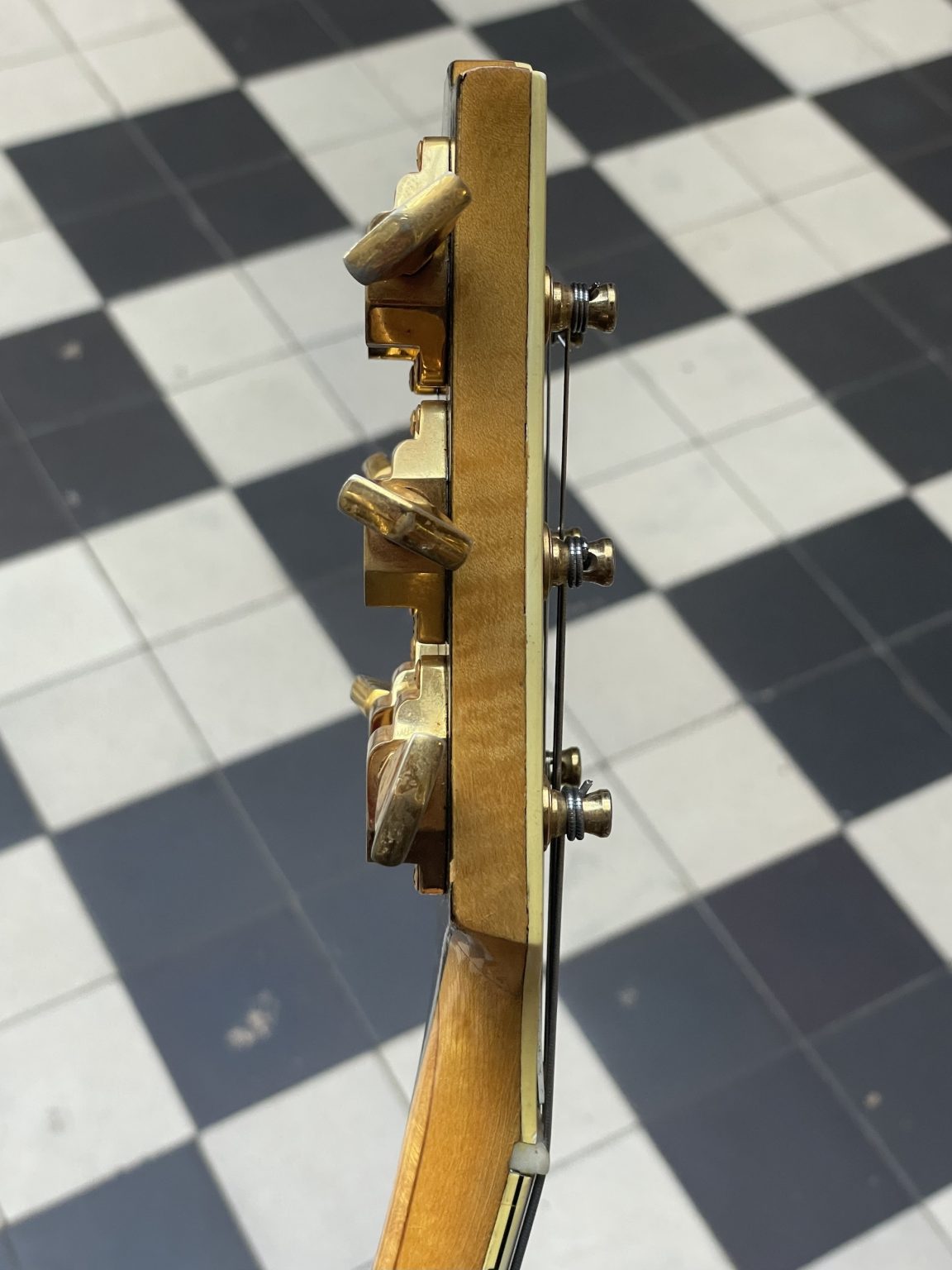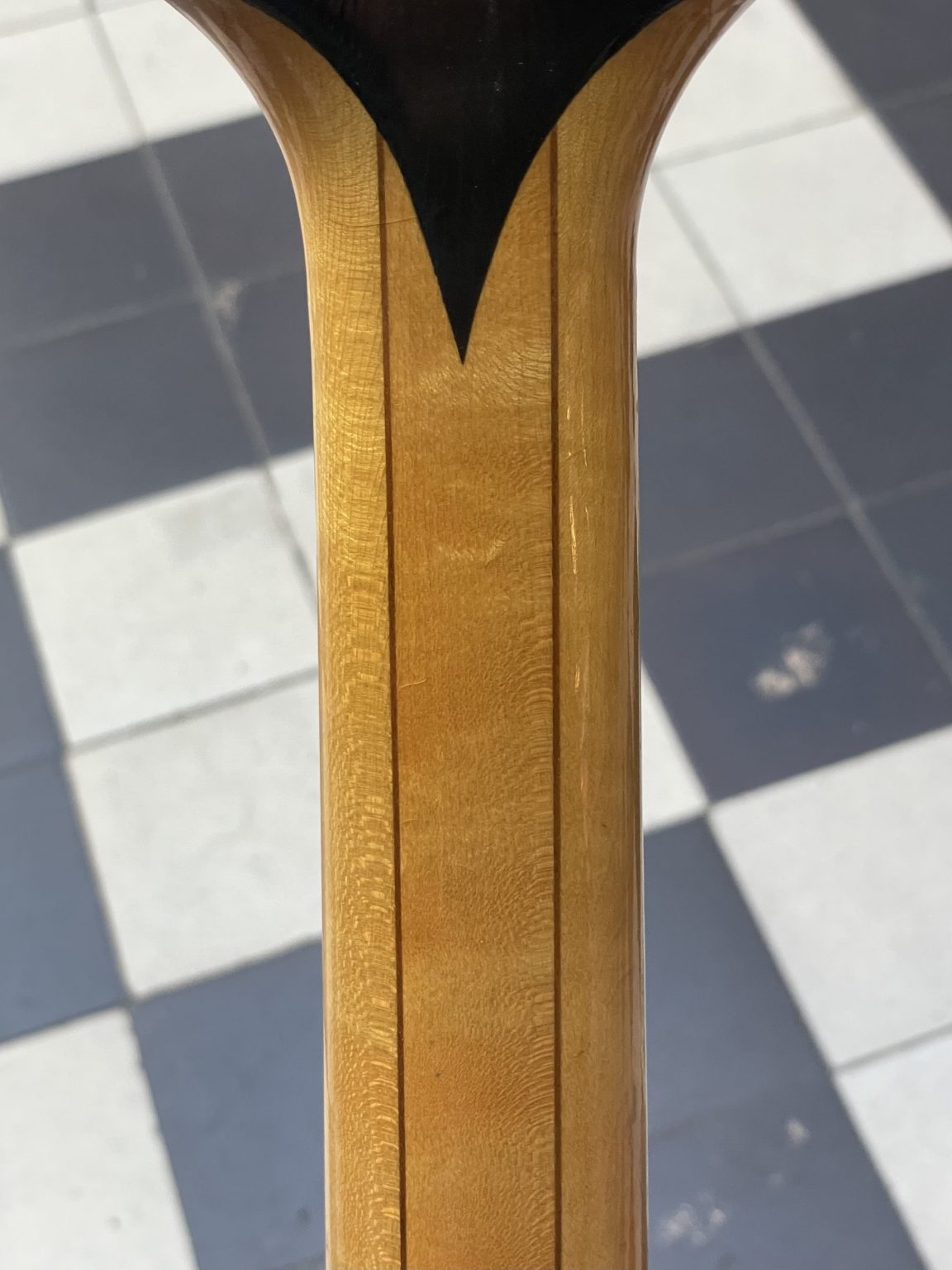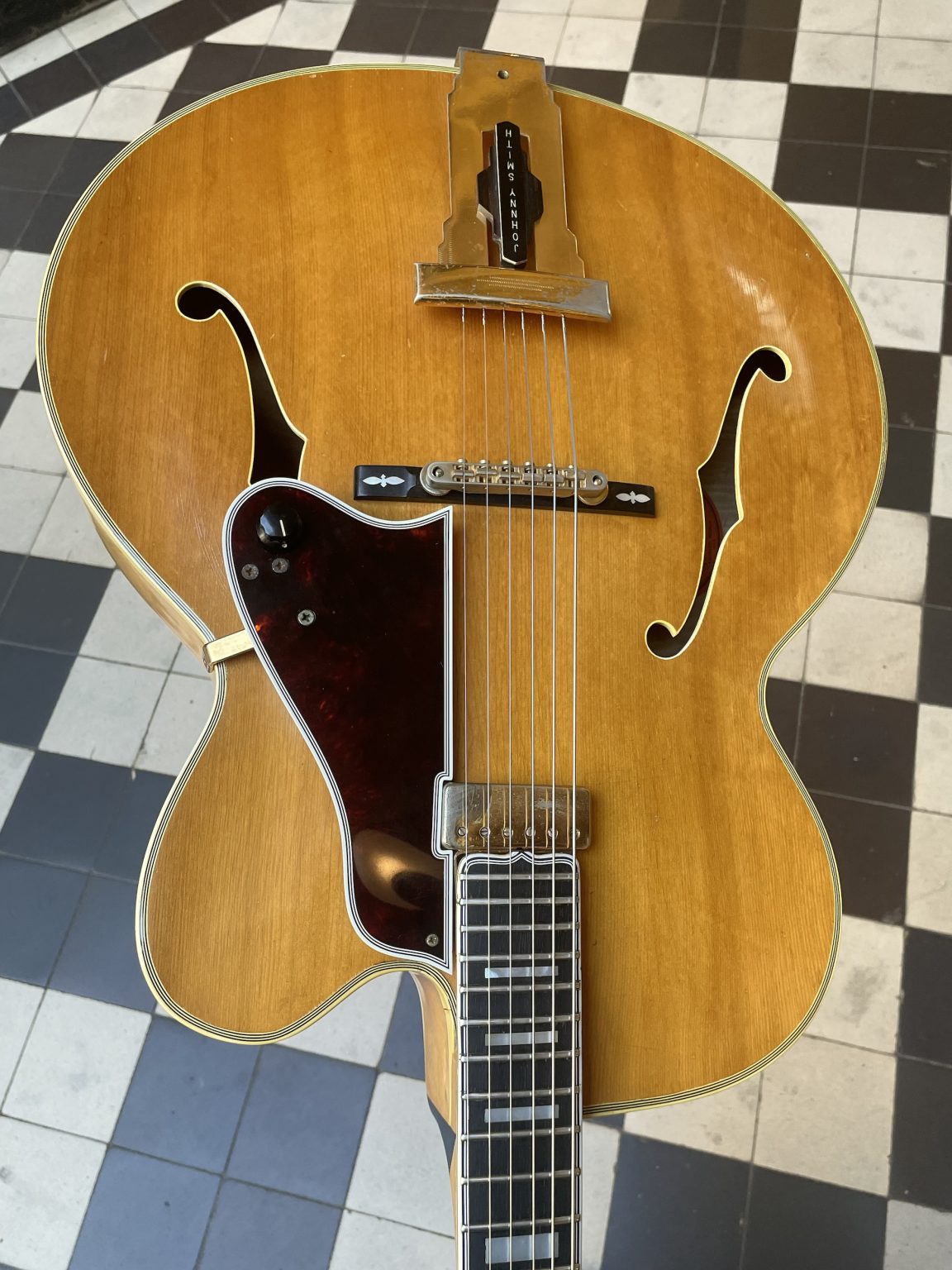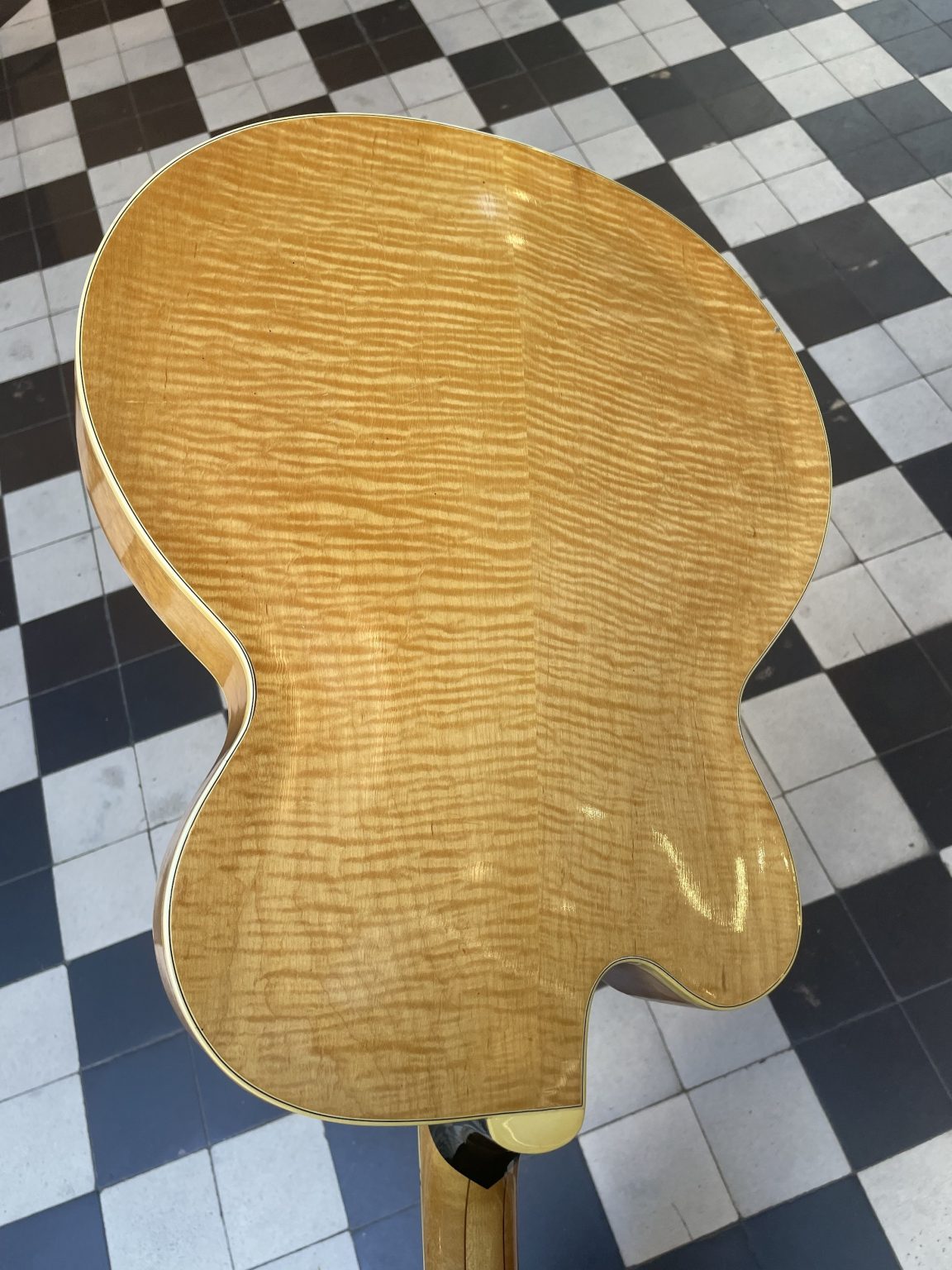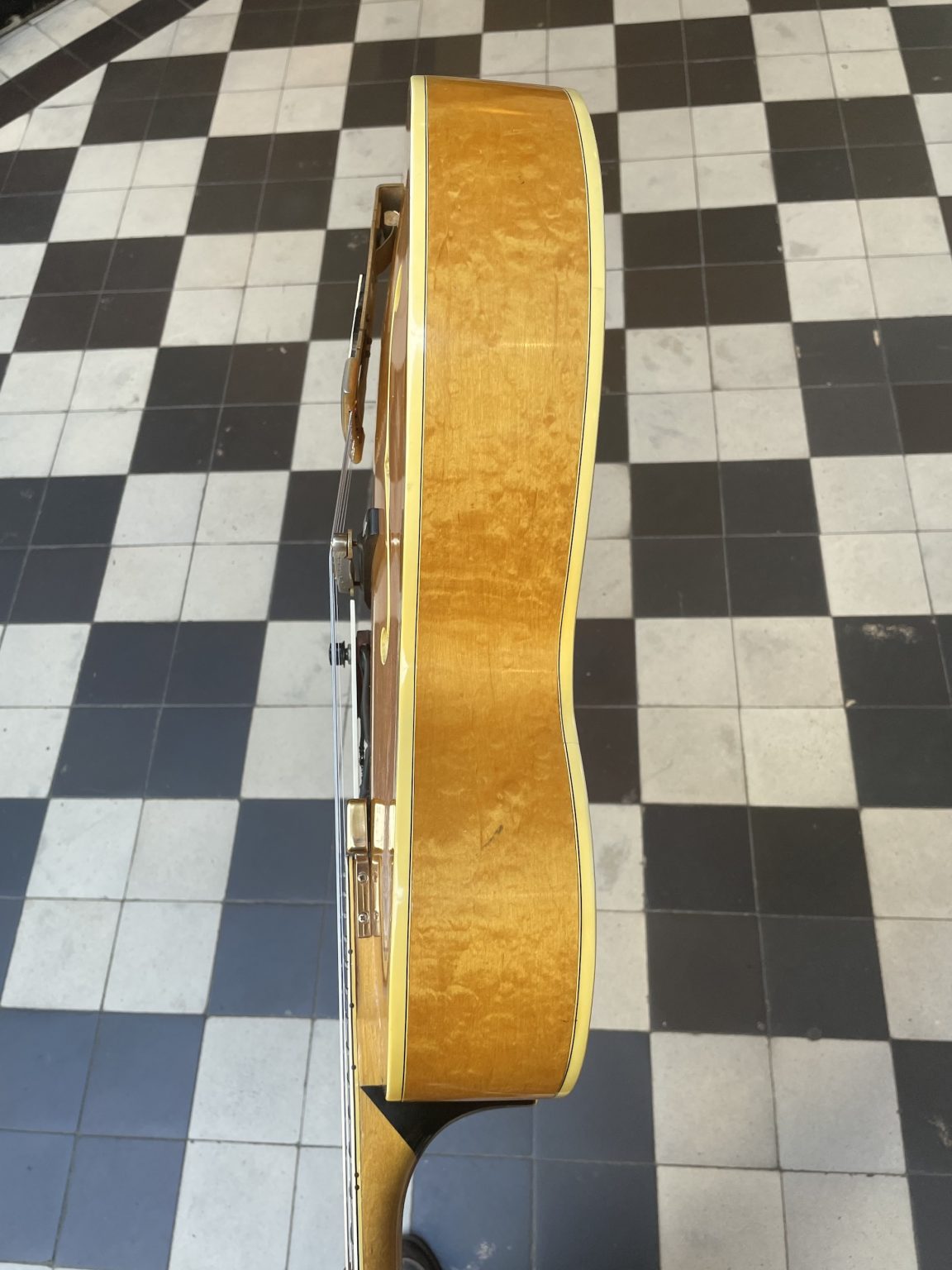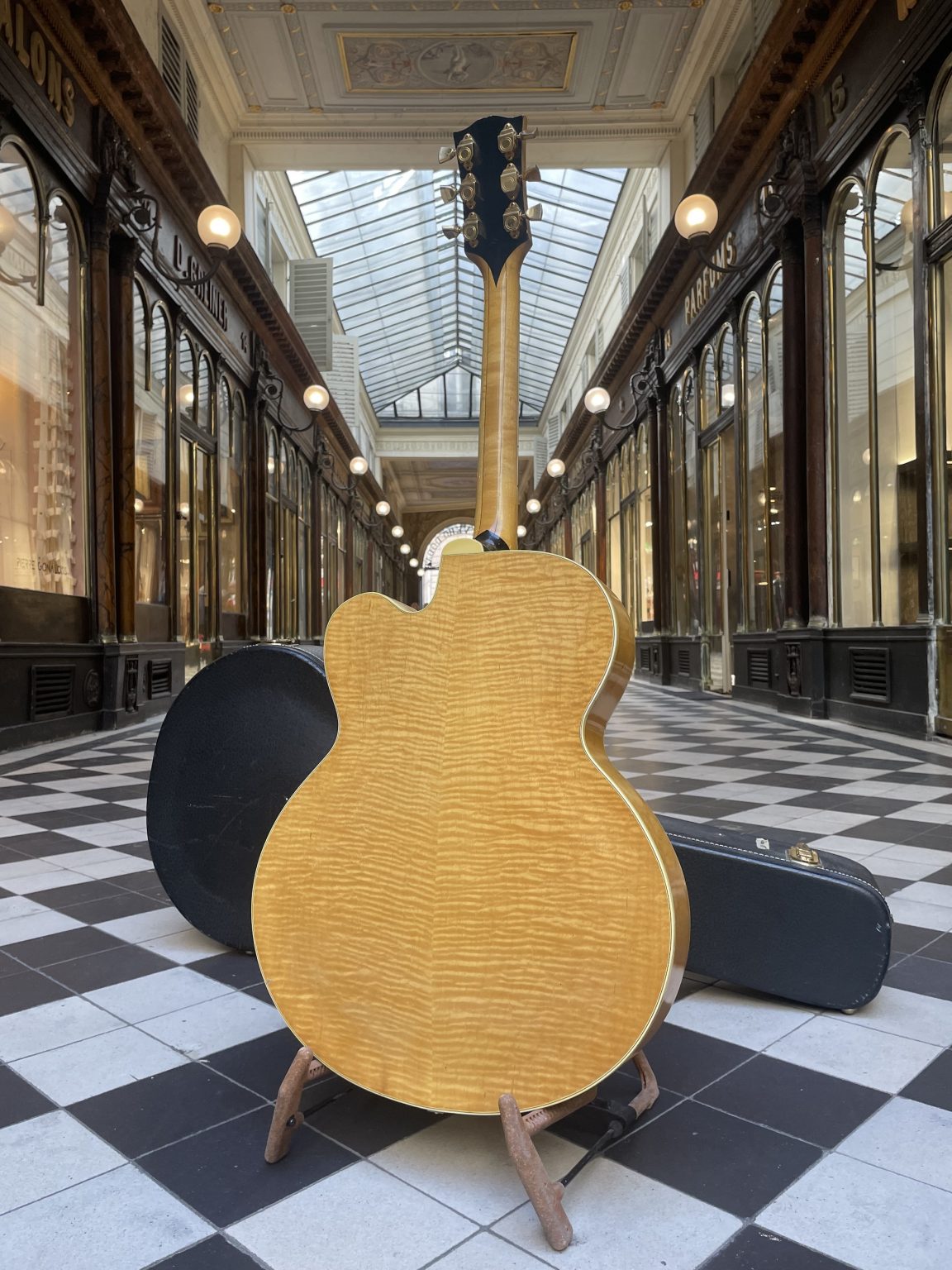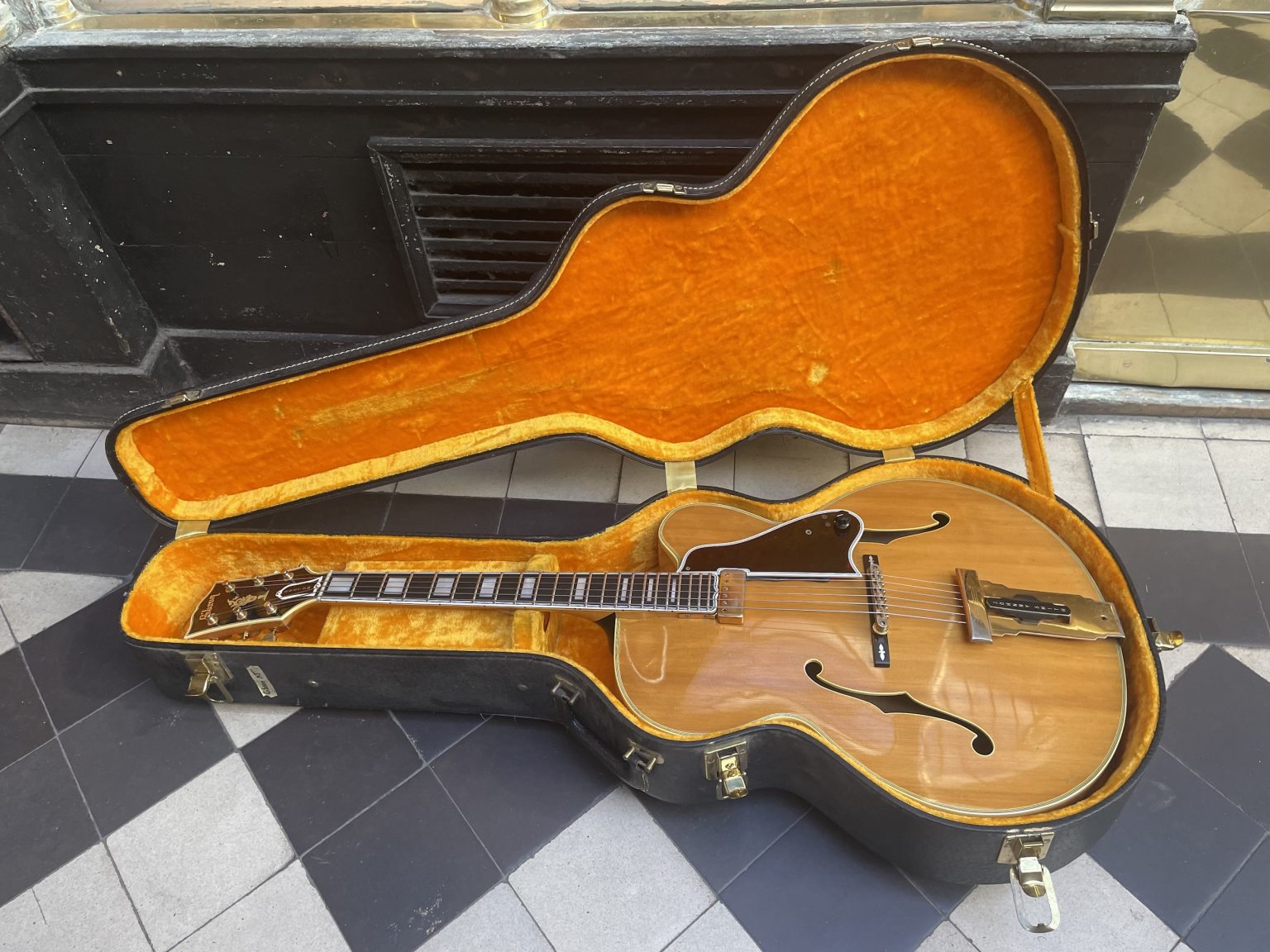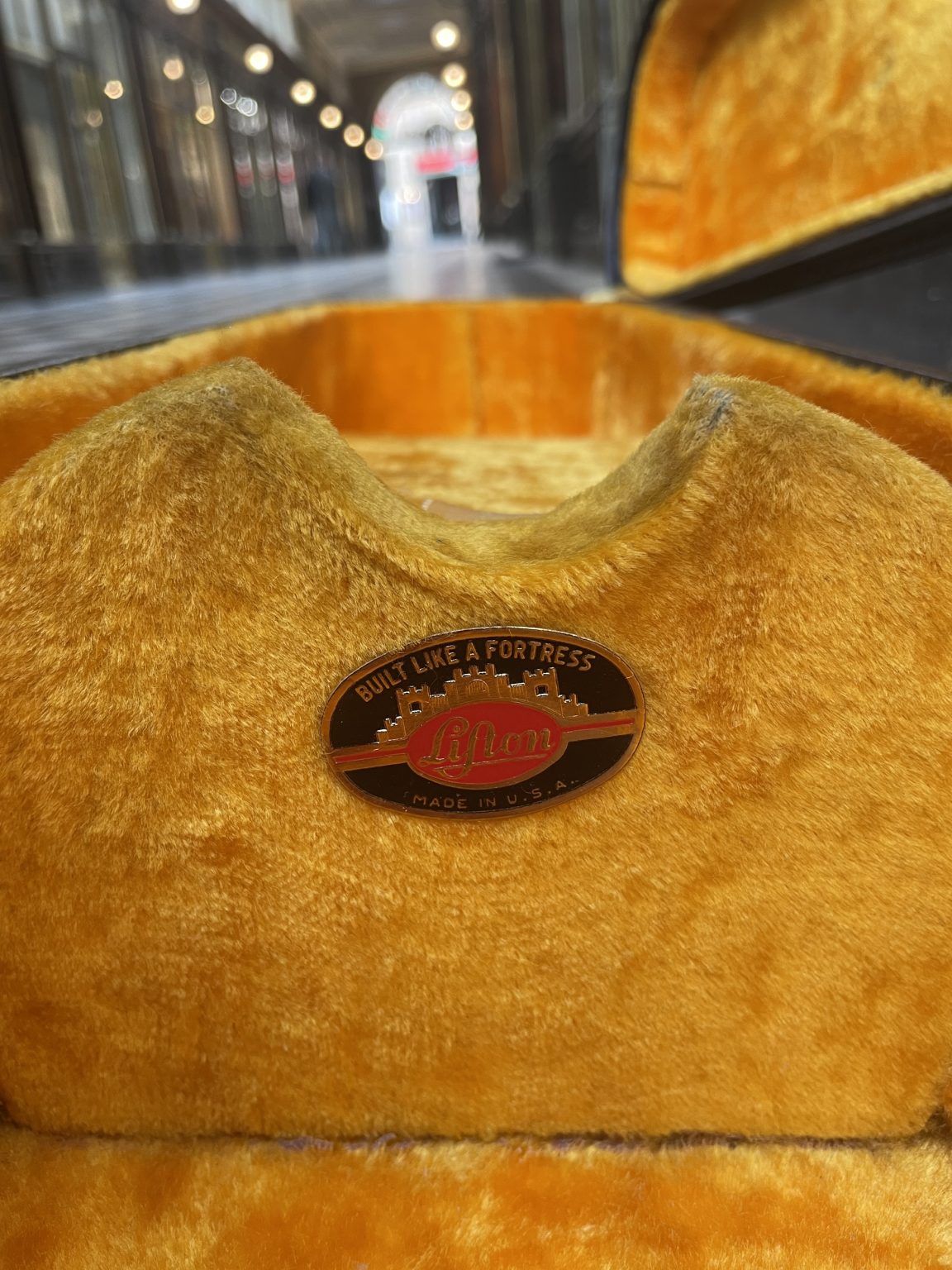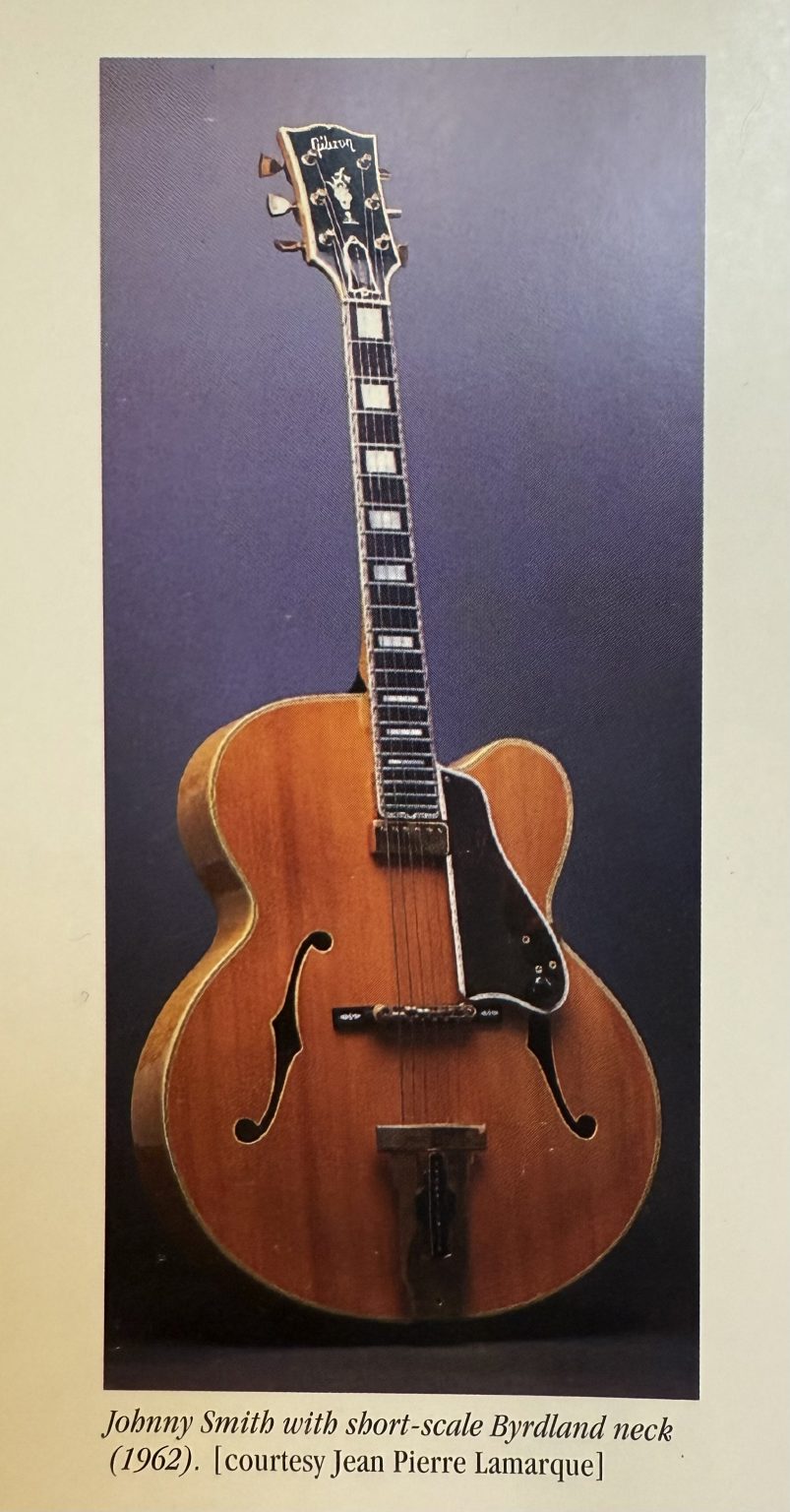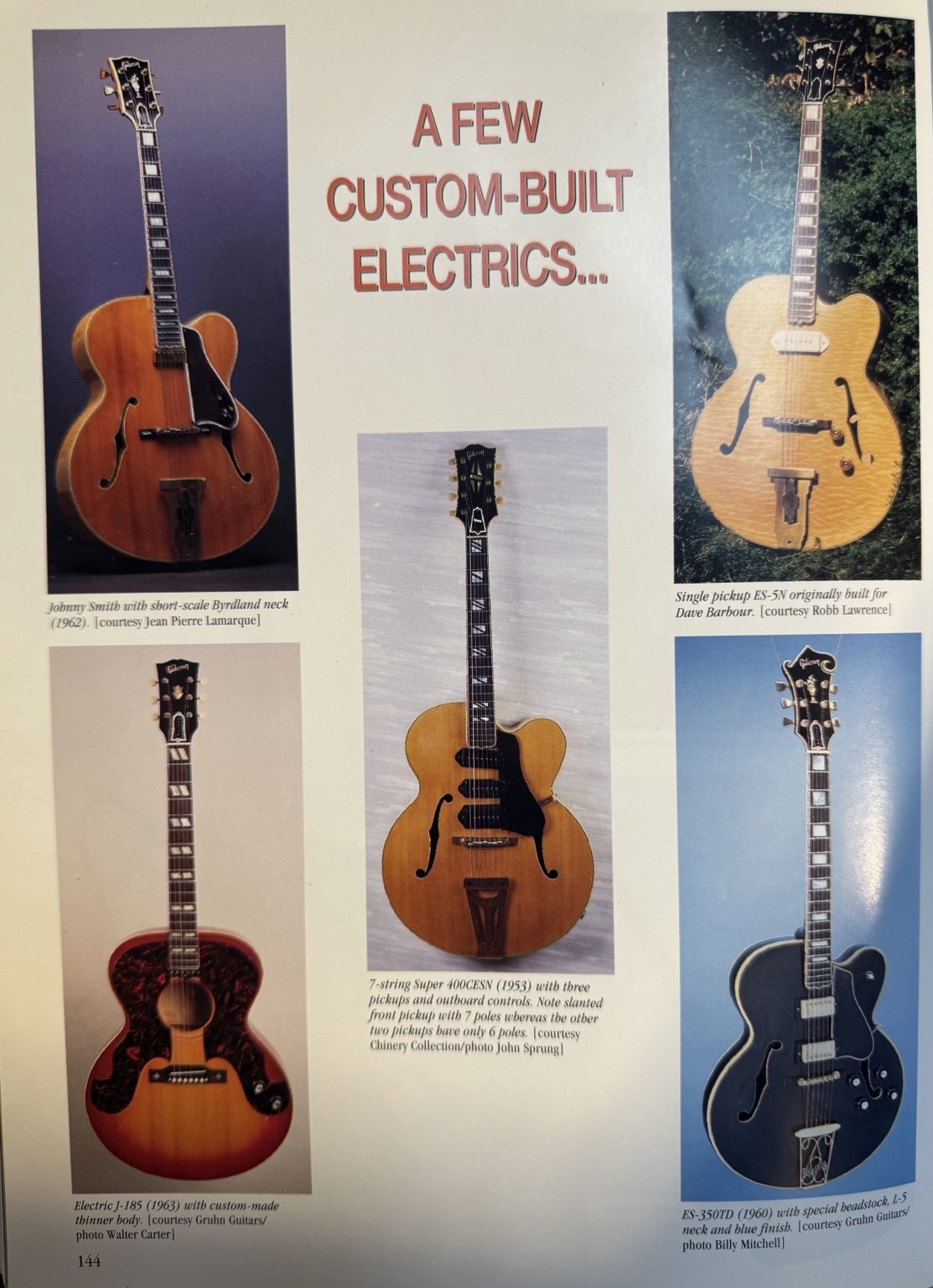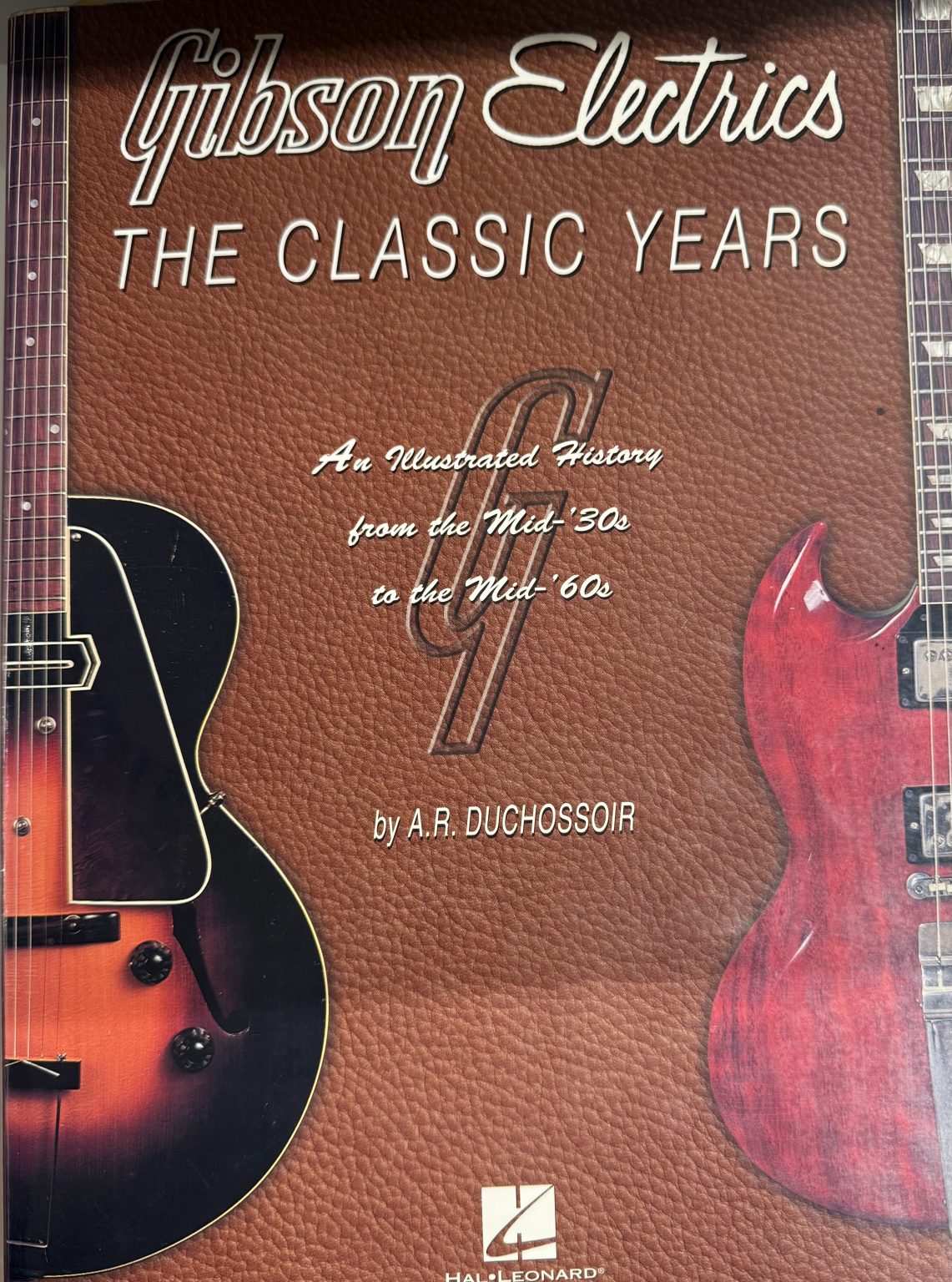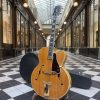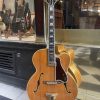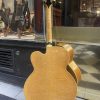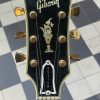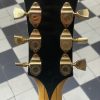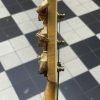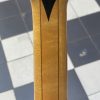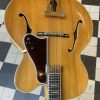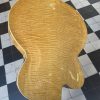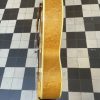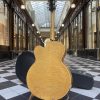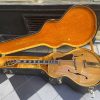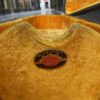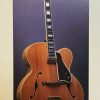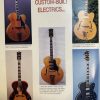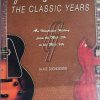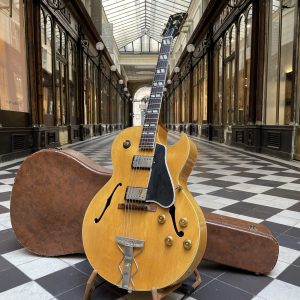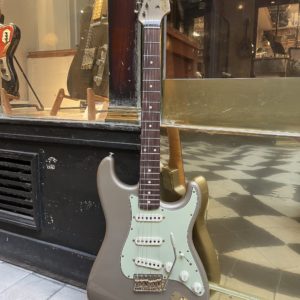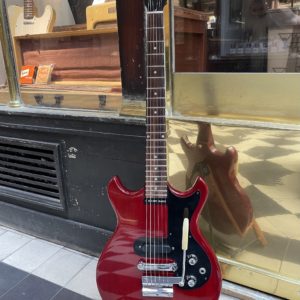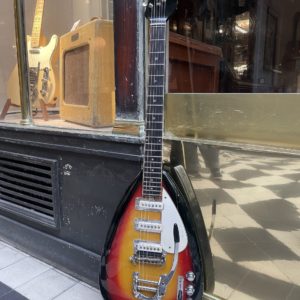1962 GIBSON JOHNNY SMITH CUSTOM
€14.850,00
In stock
The prices indicated correspond to the price in the case of payment in-store or by bank transfer. In the case of payment by credit card via the website, a processing fee of [3.25% + €0.25]* will be applied to the total amount of the basket, including delivery costs.
Gibson Johnny Smith Custom from 1962, in excellent original and preserved condition.
This stunning model is part of the new generation of guitars introduced by Gibson in the early 1960s to breathe new life into its traditional archtop lineup. To this end, the company called upon professional guitarists to put their seal of approval and promote the instruments to the general public. Previously, in the 1950s, this promotional material was mainly found in the pages of the Gibson catalog, illustrated with photographs featuring the entire roster of Kalamazoo guitar endorsers—including big names such as Les Paul and Mary Ford, Tony Mottola, Herb Ellis… well-pressed suits, slicked-back hair, white teeth, and, of course, in their hands the most luxurious models of the era (Super 400, L-5, ES-5, ES-350, etc.).
At the turn of the 1960s, Ted McCarty (Gibson’s general manager) decided to double his efforts in developing high-end archtop models by approaching three top jazz musicians, to offer building exclusive artist models bearing their names: Johnny Smith, Barney Kessel, and Tal Farlow. McCarty visited Johnny Smith in the summer of 1960 to present the project. At the time, Smith was a leading guitarist, a session musician on NBC, and had become well-known among American audiences in the 1950s after the release of an album recorded with Stan Getz on the saxophone. He was also already an endorser of Guild guitars, but was generally dissatisfied with the model offered by this manufacturer. The purpose of the 1960 meeting was therefore to define the outline of an instrument that would absolutely meet the musician’s requirements, otherwise he would refuse to associate his name with the resulting product.
The main requirement was that the instrument be an archtop with a floating pickup, in order to avoid the pitfall of electric archtops produced until then: the cutout in the guitar’s soundboard required to install the pickups restricted its acoustic qualities. The instrument’s shape would broadly follow that of the L-5 with a 17-inch width, only a reduced body depth – 3 1/8″ instead of 3 3/8″ – combined with a Super 400 neck and headstock. The Johnny Smith pickup design was taken directly from the mini-humbucker conceived shortly before by Seth Lover (Gibson’s chief electronics engineer) for Epiphone guitars, produced by Gibson after its purchase of the company from the Stathopoulo family in 1957. Because of its smaller size, the mini-humbucker features a coil with a lower number of turns than a standard humbucker, and as a result produces a brighter sound than its full-size counterpart – even when mounted in the neck position as on the Johnny Smith. Johnny Smith must have been pleased with the finished product, since the model was introduced in the catalog in 1961 for the tidy sum of $795.00 (even surpassing the price of a Super 400CES for a few months!), its tailpiece adorned with a plaque engraved with the musician’s name.
If our readers have followed the description up to this point, then they might be wondering about the photographs of the example presented here: it does indeed have a particular feature that sets it apart from the standard model. This guitar was the result of a special order sent to the Gibson factory, specifying that the traditional Johnny Smith body be combined not with the neck of a Super 400, but with that of a Byrdland—essentially identical to that of an L-5 with the same inlays and decorations, but with a very short 23.5-inch scale length! To this end, we note some interesting construction details, notably the addition of a second stinger painted in black on the heel of the neck, and the ornamental tip of the fingerboard cut to allow the attachment of the pickup. This is, to our knowledge, the only example of Johnny Smith with this construction – the instrument is also illustrated on page 144 of André Duchossoir’s book: Gibson Electrics – The Classic Years, in the photographic section presenting models resulting from custom orders.
The rest features all the classic hallmarks of a high-end Gibson archtop: a solid spruce top; solid maple back and sides—a particularly splendid choice on this guitar, with quilted sides and flamed back; an ebony fingerboard adorned with block mother-of-pearl markers; a headstock veneer adorned with the traditional flowerpot motif; gold-plated hardware, including the tailpiece featuring the engraved Johnny Smith plate, the Kluson Sealfast individual tuners, and the bridge (a later piece, in the style of a Tune-o-matic). The pickup is paired with a simple volume control mounted directly on the pickguard. Finally, it’s worth noting that this guitar is one of 18 Johnny Smith Natural (JSN) guitars that left Kalamazoo in 1962—production of natural-finished models was particularly limited in the first half of the 1960s, accentuating the rarity of the instrument presented here.
The guitar has been fully set up and prepared for playing in our workshop, with fret levelling and polishing, nut adjustment, and action and intonation adjustments at the bridge to achieve optimal intonation and playing comfort.
Sold in its orignal Gibson hardshell case with its case cover, accompanied with its certificate of authenticity by Jérôme Casanova.
Related products
-
1960 GIBSON ES-175DN
€27.800,00Original price was: €27.800,00.€25.500,00Current price is: €25.500,00.
